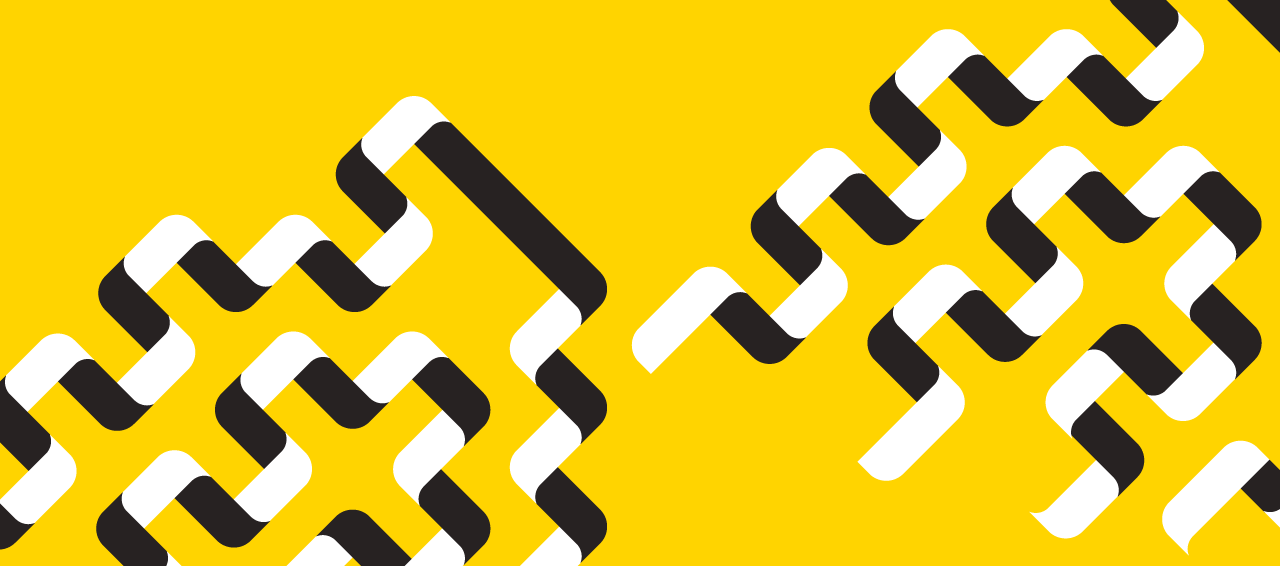This article is part of a series focusing on fall grads of the ×īŠĀŠÓ°ÉŌ““ Class of 2024. Visit theĀ Convocation websiteĀ for more information and to accessĀ live webcastsĀ of the ceremonies.
Tharuka Nanayakkara Kuruppu knew he wanted to be part of something big ā an industry that could transform the world. With its potential to revolutionize traditional manufacturing, additive manufacturing (AM) seemed the ideal path.
¶Ł²¹±ō³ó“Ē³Ü²õ¾±±šās Faculty of Engineering offered an incredible opportunity to dive into this groundbreaking field.
The decision to pursue a career in engineering was an easy choice. āIāve always been very hands-on with tools from a young age and had a natural curiosity about how things work,ā says Tharuka. After moving from Sri Lanka to Ontario in 2011, he went on to pursue an undergraduate degree in engineering at the University of Prince Edward Island.Ā
From there, he landed a job at , an aerospace company, and quickly gained practical experience in the field of AM.
āWhen I joined, they were in the early stages of developing their additive manufacturing program, and I had the opportunity to be involved in most of their AM projects. This gave me exposure to a wide range of industries ā medical, aerospace, and automotive ā and allowed me to gain firsthand experience in designing and manufacturing for both traditional and additive manufacturing technologies,ā he says.
Although a great place to start, he explains that the industry environment isnāt always the best place to gain a deeper theoretical understanding.
āI found that the industrial environment was a good place to learn practical knowledge, such as understanding the limitations of the technology. However, it wasnāt the best environment for understanding the underlying science. For example, if a part fails during the print process, I wanted to know why it failed and how we could use a scientific approach to mitigate the failure.ā
×īŠĀŠÓ°ÉŌ““ Engineering quickly caught Tharukaās attention due to its reputation as a leader in AM research and innovation and its partnership with Tronosjet,.
World-class experience
Enrolling in the Facultyās Master of Applied Science in Mechanical Engineering, Tharuka gained access to state-of-the-art facilities and the opportunity to utilize tools and equipment only accessible within the university.
Under the leadership of Dr. Paul Bishop, he balanced his studies with his ongoing role at Tronosjet, learning from top researchers in the country and surrounding himself with like-minded individuals.Ā
āOne of the things I really liked about Dr. Bishopās lab is that he has almost every type of metal 3D-printing technology in his lab and that is quite rare,ā he says. āBeing able to see these different technologies in action, use them, and design for them has been an incredible experience. While additive manufacturing may seem niche, it plays a pivotal role in rapid prototyping, which is applicable to a wide range of industries and applications.ā
Tharuka immersed himself in a collaborative project between ×īŠĀŠÓ°ÉŌ““ Engineering and Tronosjet, designing a heat exchanger optimized for additive manufacturing.
With guidance from Dr. Bishop, he focused on producing a direct replacement heat exchanger for aircraft engine use that was not only efficient but also significantly lighter than its conventional counterparts. Leveraging the unique capabilities of AM, he was able to create complex geometries that traditional methods simply couldnāt achieve.
āHaving access to both industry and academia was a huge benefit to the project,ā explains Tharuka. āTronosjet provided access to industry-grade 3D printers and manufacturing expertise for the production of the heat exchanger, while Dr. Bishopās research group and lab exposed me to the technical research, simulations and the science behind additive manufacturing and material testing.ā
Tharuka says the final product was about 20 per cent lighter than traditional designs and was achieved through fewer manufacturing operations.
āWhen I show this to my friends, family, and colleagues ā many of whom donāt have a background in additive manufacturing ā theyāre thrilled to see such a complex component produced through advanced technology. Their appreciation for the complexity and innovation behind the heat exchanger always brings a smile to my face.ā
Beyond the research
While a defining moment in his academic career, for Tharuka, it certainly wasnāt the only highlight.
He spent time as part of the ×īŠĀŠÓ°ÉŌ““ Formula Electric team (Dal FSAE), the ×īŠĀŠÓ°ÉŌ““ CubeSat team, and enjoyed the extraccuriculars, something he recommends to others.Ā
āItās an invaluable way to apply what youāve learned and gain hands-on experience.ā
Now, as graduation approaches, Tharuka says being part of these student design teams is one of the things heāll miss most.
āThis was a great chapter in my life, and it is important to appreciate each phase, making the most of the opportunities available at the time.ā
Up next for Tharuka is his continued work at Tronosjet, where, thanks to the high-caliber experience he gained at Dal, he is now ready to play a transformative role in the area of AM.

